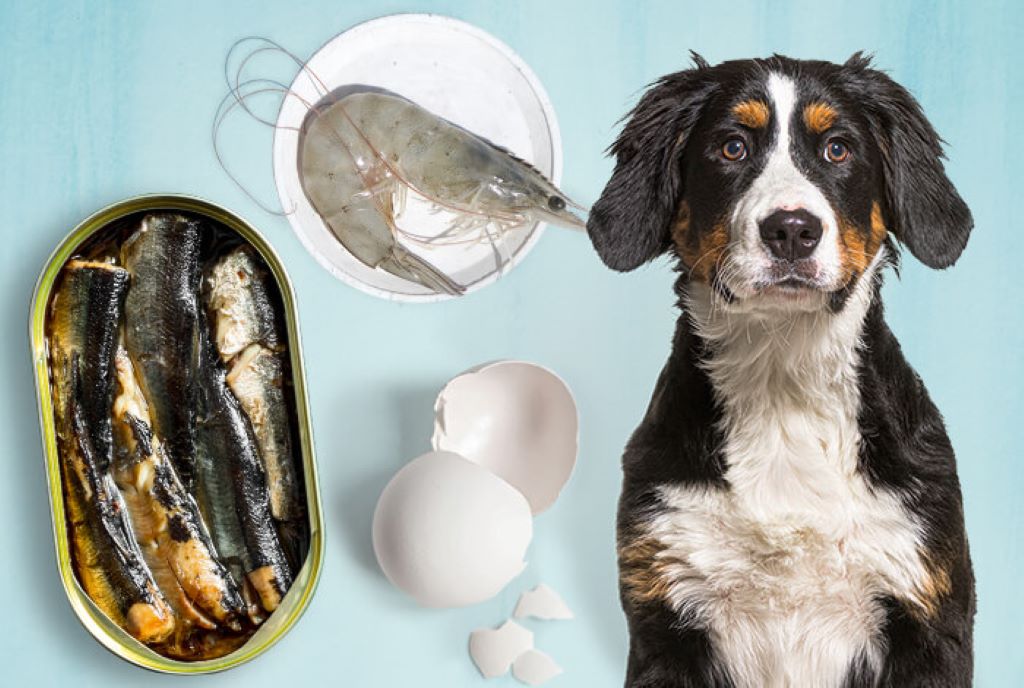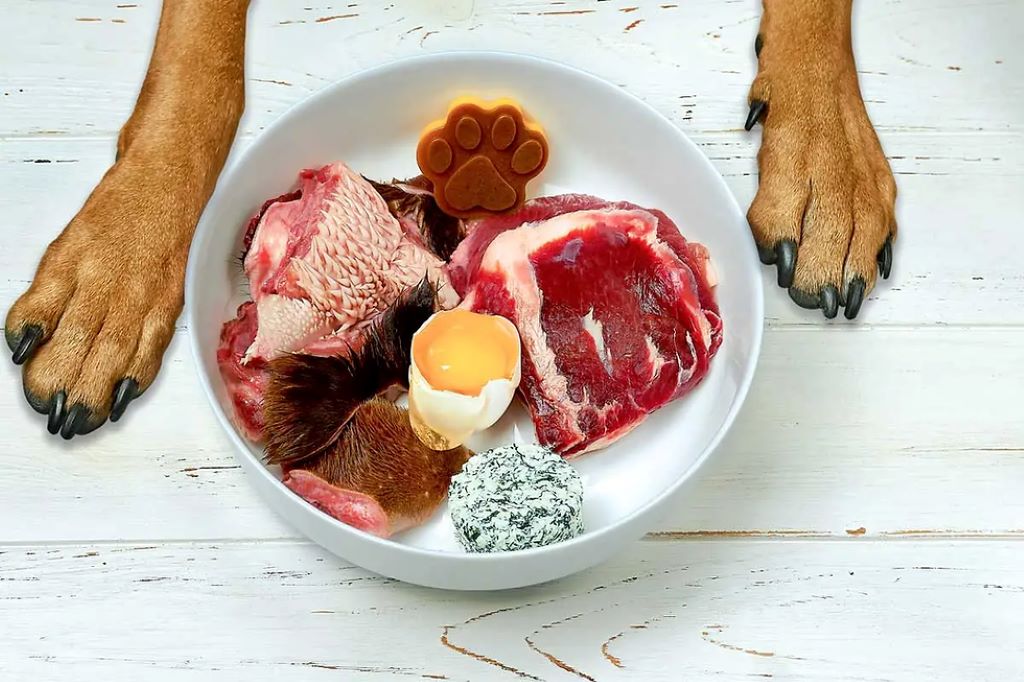Raw dog food diets have surged in popularity, propelled by the desire to provide our canine companions with a diet that more closely resembles what their ancestors consumed. But what exactly goes into a balanced raw dog food diet? Let’s break down the top five essential ingredients that every raw feeder should prioritize.
1. Muscle Meat: The Foundation of a Raw Diet
Muscle meat forms the cornerstone of a raw dog food diet, providing essential amino acids that are the building blocks for proteins. These proteins are crucial for muscle growth, repair, and overall bodily functions. Look for a variety of lean meats like chicken, turkey, beef, lamb, and fish. Organ meats like heart and gizzard are also excellent sources of protein and essential nutrients.
- Why it’s important: Protein deficiency can lead to muscle wasting, weakness, and a compromised immune system.
- Things to consider: Rotate between different protein sources to ensure a broad spectrum of amino acids and prevent sensitivities.
- Serving size: Roughly 50% of a dog’s raw diet should consist of muscle meat.
2. Edible Bone: Calcium Powerhouse and More

Edible bones are not just about satisfying a dog’s natural chewing instinct; they are a vital source of calcium and phosphorus, essential minerals for strong bones and teeth. Additionally, bones contain marrow, a rich source of healthy fats and other nutrients.
- Why it’s important: Calcium deficiency can lead to bone deformities, fractures, and other skeletal issues.
- Things to consider: Always feed raw bones that are appropriately sized for your dog to prevent choking hazards. Avoid cooked bones, as they can splinter and cause serious injuries.
- Serving size: About 10% of a raw diet should consist of edible bone.
3. Organ Meat: Nutrient-Dense Powerhouses
Organ meats like liver, kidney, and spleen are nutritional powerhouses, packed with vitamins, minerals, and essential fatty acids. The liver, in particular, is exceptionally rich in vitamin A, iron, and copper.
- Why it’s important: Organ meats help to prevent nutritional deficiencies and contribute to overall health and vitality.
- Things to consider: Introduce organ meats gradually to avoid digestive upset. Due to their high nutrient density, a little goes a long way.
- Serving size: Roughly 10% of the diet should consist of organ meat, with the liver making up about half of that amount.
4. Fruits and Vegetables: Fiber and Micronutrients
While not as substantial a component as meat and bones, fruits and vegetables play a crucial role in a raw diet. They provide fiber for digestive health, along with essential vitamins, minerals, and antioxidants.
- Why it’s important: Fiber helps to regulate bowel movements and prevent constipation. Vitamins and minerals support various bodily functions, while antioxidants protect cells from damage.
- Things to consider: Not all fruits and vegetables are safe for dogs. Avoid grapes, raisins, onions, and garlic, as these can be toxic. Opt for dog-friendly options like broccoli, carrots, blueberries, and apples.
- Serving size: Approximately 10% of the diet should be made up of fruits and vegetables.
Related: Understanding Wet Dog Food: The Benefits of Natural Ingredients
5. Healthy Fats: Fuel and More
Healthy fats from sources like fish oil, eggs, and animal fat are essential for a balanced raw diet. They provide a concentrated source of energy, promote healthy skin and coat, and support brain function.
- Why it’s important: Fat deficiency can lead to dry skin, dull coat, and even neurological problems.
- Things to consider: Choose high-quality fat sources like fish oil or krill oil, which are rich in omega-3 fatty acids.
- Serving size: Fats should make up roughly 10% of the diet.
Additional Considerations for a Balanced Raw Dog Food Diet
- Variety is key: Rotate between different protein sources, organ meats, and fruits/vegetables to ensure a diverse nutrient profile.
- Supplements: Depending on your dog’s individual needs and the quality of the ingredients you use, some supplementation may be necessary. Consult with a veterinarian or a canine nutritionist for guidance.
- Transition slowly: If your dog is new to raw feeding, transition gradually over several weeks to avoid digestive upset.
Conclusion
Feeding your dog a balanced raw food diet can be incredibly rewarding. By understanding the essential ingredients and their roles, you can confidently provide your furry friend with a diet that supports their health, vitality, and overall well-being. Remember, every dog is unique, so it’s important to consult with a professional to create a personalized raw feeding plan that meets your dog’s specific needs.




